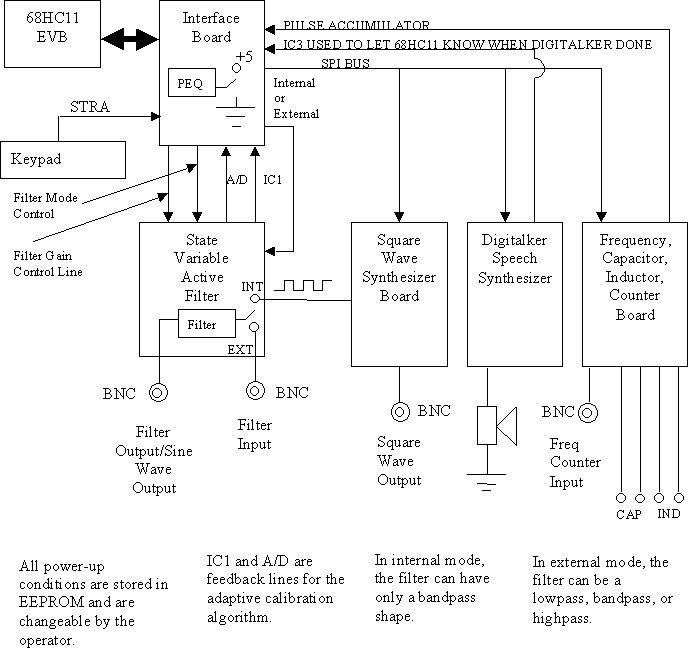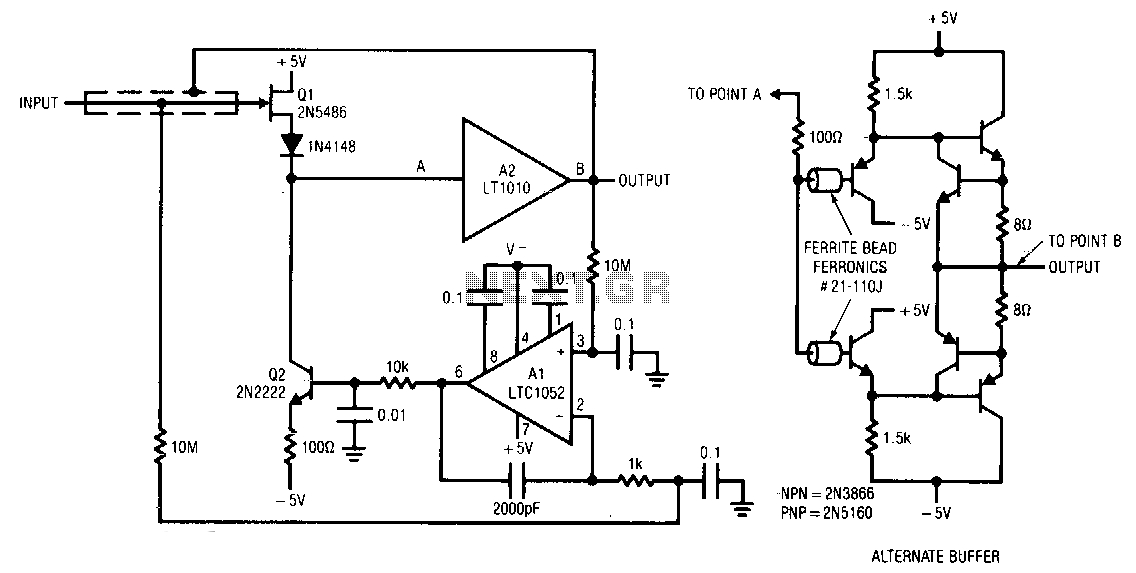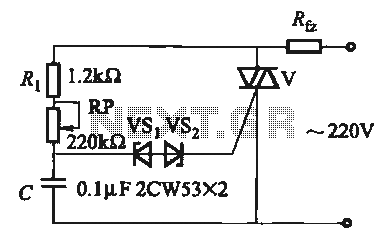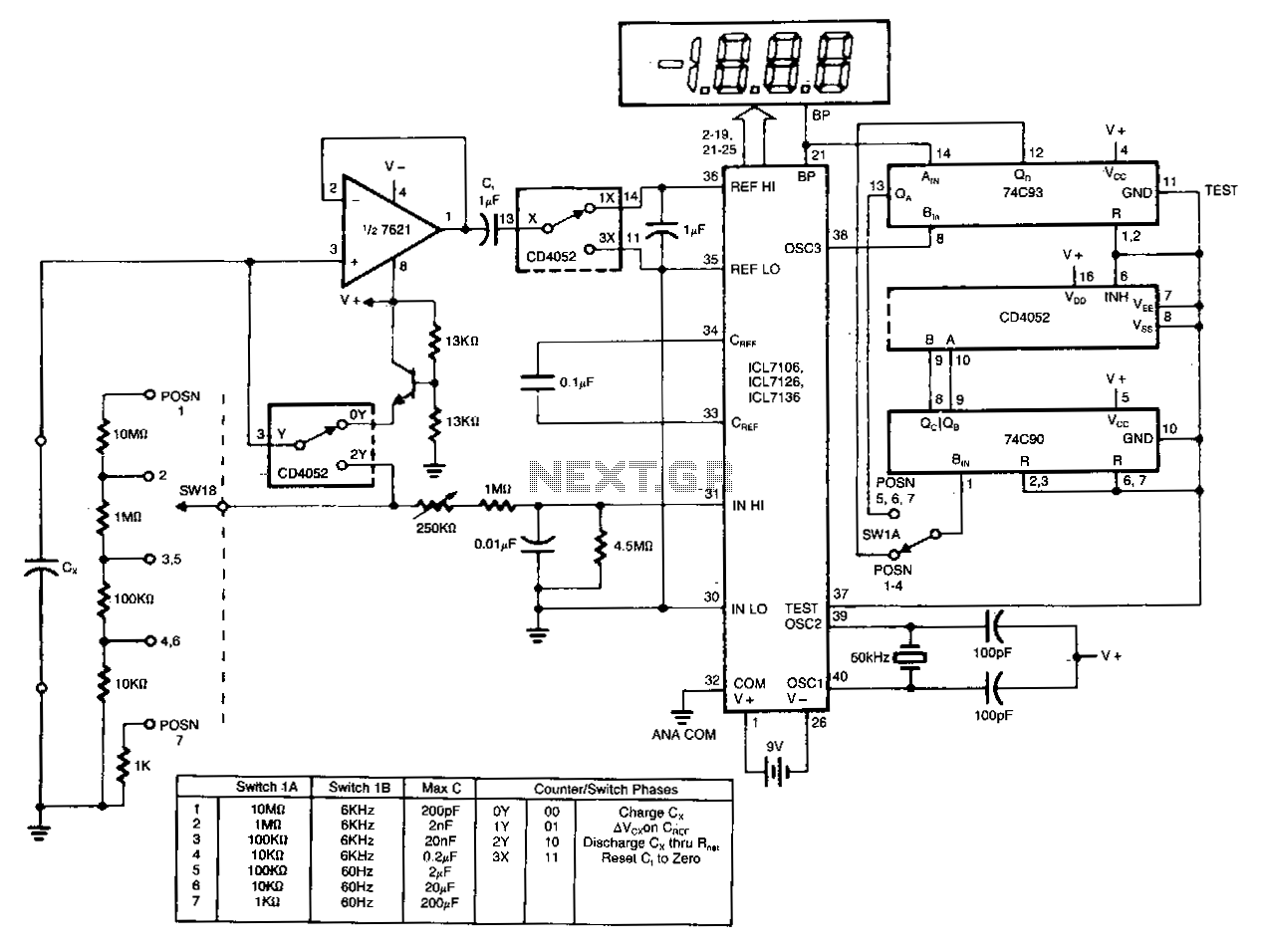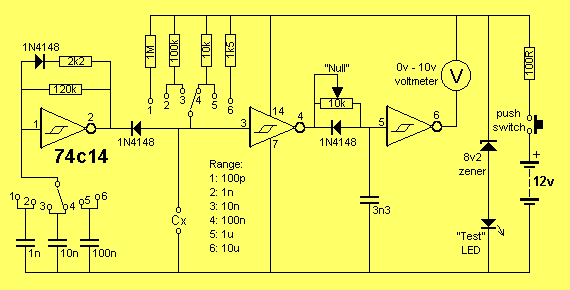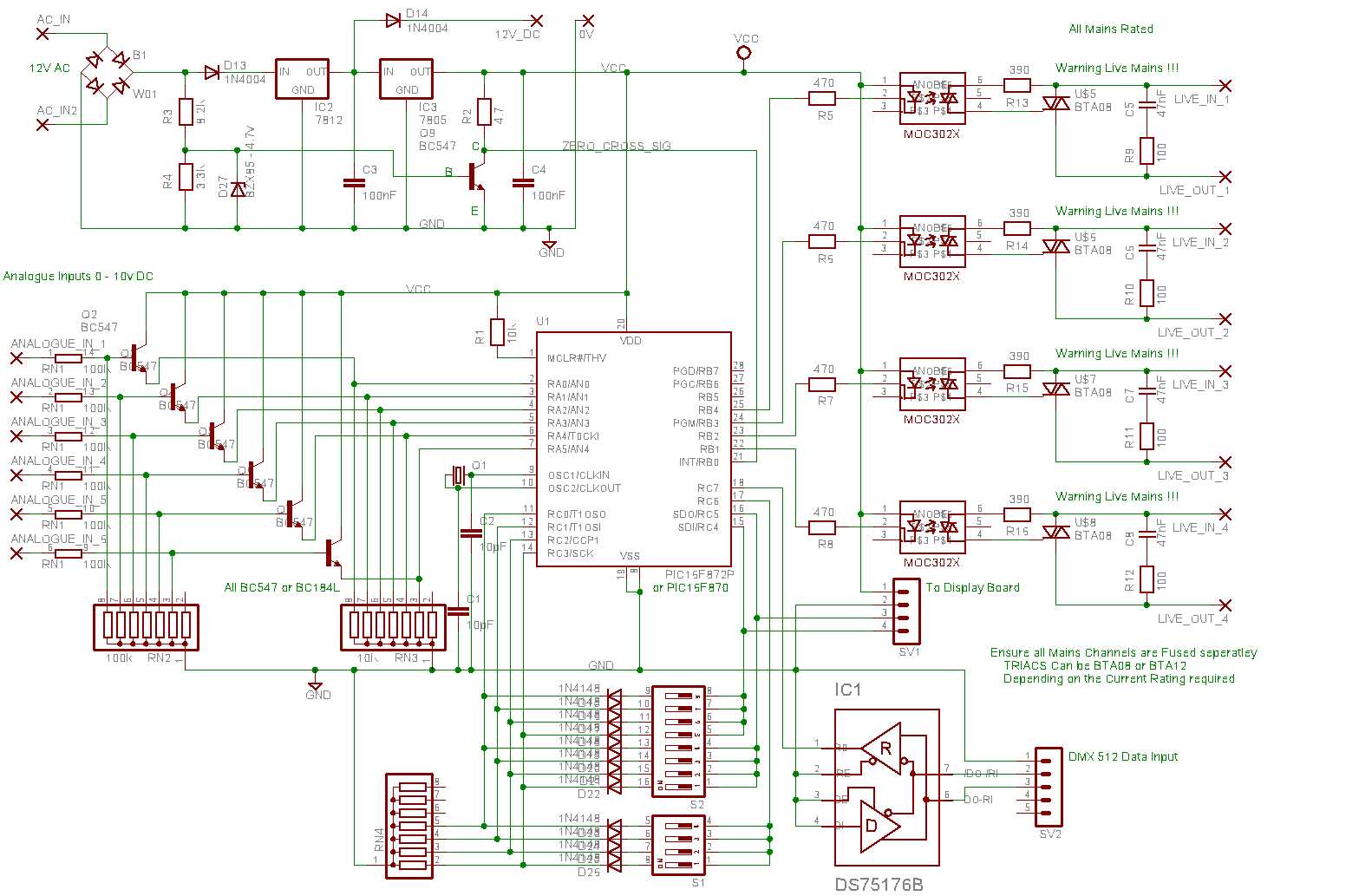
Accelerate the role of capacitance
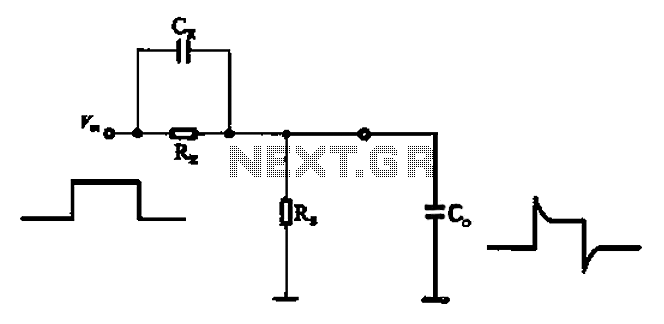
Accelerate the role of capacitance to reduce the delay of the waveform. In parallel with the signal input resistor RK, a speed-up capacitor CK is used to sharpen the pulse edge, thereby reducing the impact of small input capacitance.
In electronic circuits, the delay of a waveform can significantly affect the performance of the system, particularly in high-speed applications. To mitigate this delay, the introduction of a speed-up capacitor (CK) in parallel with the input resistor (RK) is an effective strategy. This configuration allows the capacitor to charge and discharge rapidly, effectively reducing the rise and fall times of the waveform.
When the signal is applied, the speed-up capacitor CK provides a low-impedance path for the high-frequency components of the signal. This results in a sharper transition at the edges of the pulse, enhancing the overall signal integrity. The capacitor works by temporarily storing charge and releasing it quickly, thereby compensating for any delays introduced by the resistor RK and the inherent capacitance of the input stage.
The placement of CK in parallel with RK is crucial, as it ensures that the capacitor can influence the waveform directly at the input stage without altering the DC operating point significantly. The value of the speed-up capacitor must be chosen carefully to balance between reducing delay and avoiding excessive loading on the signal source. A too-large capacitor may slow down the response time, while a too-small capacitor may not provide sufficient edge sharpening.
Additionally, this configuration helps to minimize the impact of any small input capacitance that might otherwise distort the waveform. By effectively reducing the RC time constant of the circuit, the speed-up capacitor enhances the performance of the signal processing system, making it suitable for applications where timing precision is critical.
In summary, the use of a speed-up capacitor in conjunction with a signal input resistor serves as a practical solution for improving waveform characteristics by reducing delay and enhancing edge sharpness, which is essential for maintaining signal integrity in high-speed electronic circuits.Accelerate the role of capacitance To reduce the delay of the waveform, in parallel to the signal input resistor RK a speed-up capacitor CK, so that the pulse edge sharpened, c an reduce the impact of small input capacitance,
In electronic circuits, the delay of a waveform can significantly affect the performance of the system, particularly in high-speed applications. To mitigate this delay, the introduction of a speed-up capacitor (CK) in parallel with the input resistor (RK) is an effective strategy. This configuration allows the capacitor to charge and discharge rapidly, effectively reducing the rise and fall times of the waveform.
When the signal is applied, the speed-up capacitor CK provides a low-impedance path for the high-frequency components of the signal. This results in a sharper transition at the edges of the pulse, enhancing the overall signal integrity. The capacitor works by temporarily storing charge and releasing it quickly, thereby compensating for any delays introduced by the resistor RK and the inherent capacitance of the input stage.
The placement of CK in parallel with RK is crucial, as it ensures that the capacitor can influence the waveform directly at the input stage without altering the DC operating point significantly. The value of the speed-up capacitor must be chosen carefully to balance between reducing delay and avoiding excessive loading on the signal source. A too-large capacitor may slow down the response time, while a too-small capacitor may not provide sufficient edge sharpening.
Additionally, this configuration helps to minimize the impact of any small input capacitance that might otherwise distort the waveform. By effectively reducing the RC time constant of the circuit, the speed-up capacitor enhances the performance of the signal processing system, making it suitable for applications where timing precision is critical.
In summary, the use of a speed-up capacitor in conjunction with a signal input resistor serves as a practical solution for improving waveform characteristics by reducing delay and enhancing edge sharpness, which is essential for maintaining signal integrity in high-speed electronic circuits.Accelerate the role of capacitance To reduce the delay of the waveform, in parallel to the signal input resistor RK a speed-up capacitor CK, so that the pulse edge sharpened, c an reduce the impact of small input capacitance,
